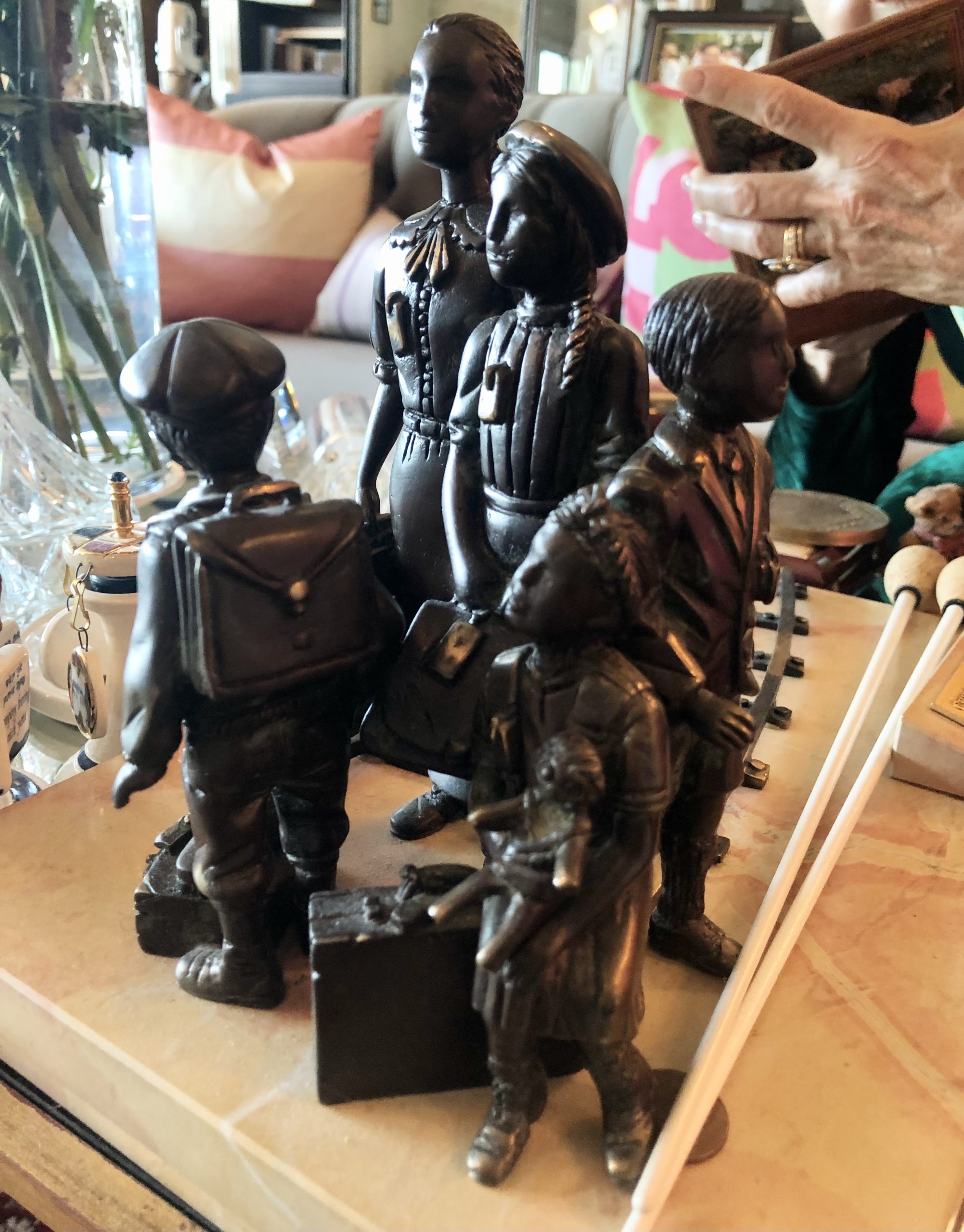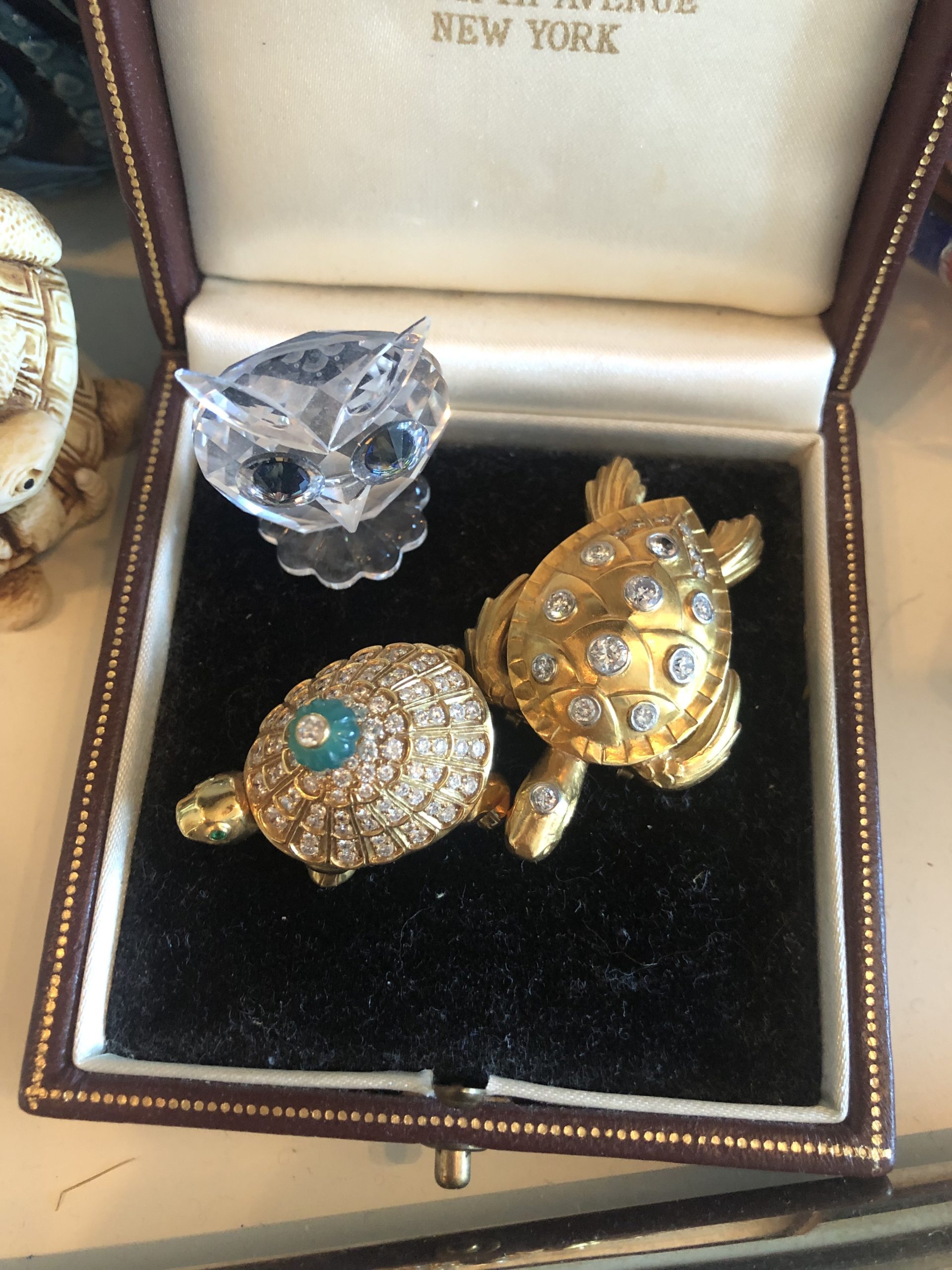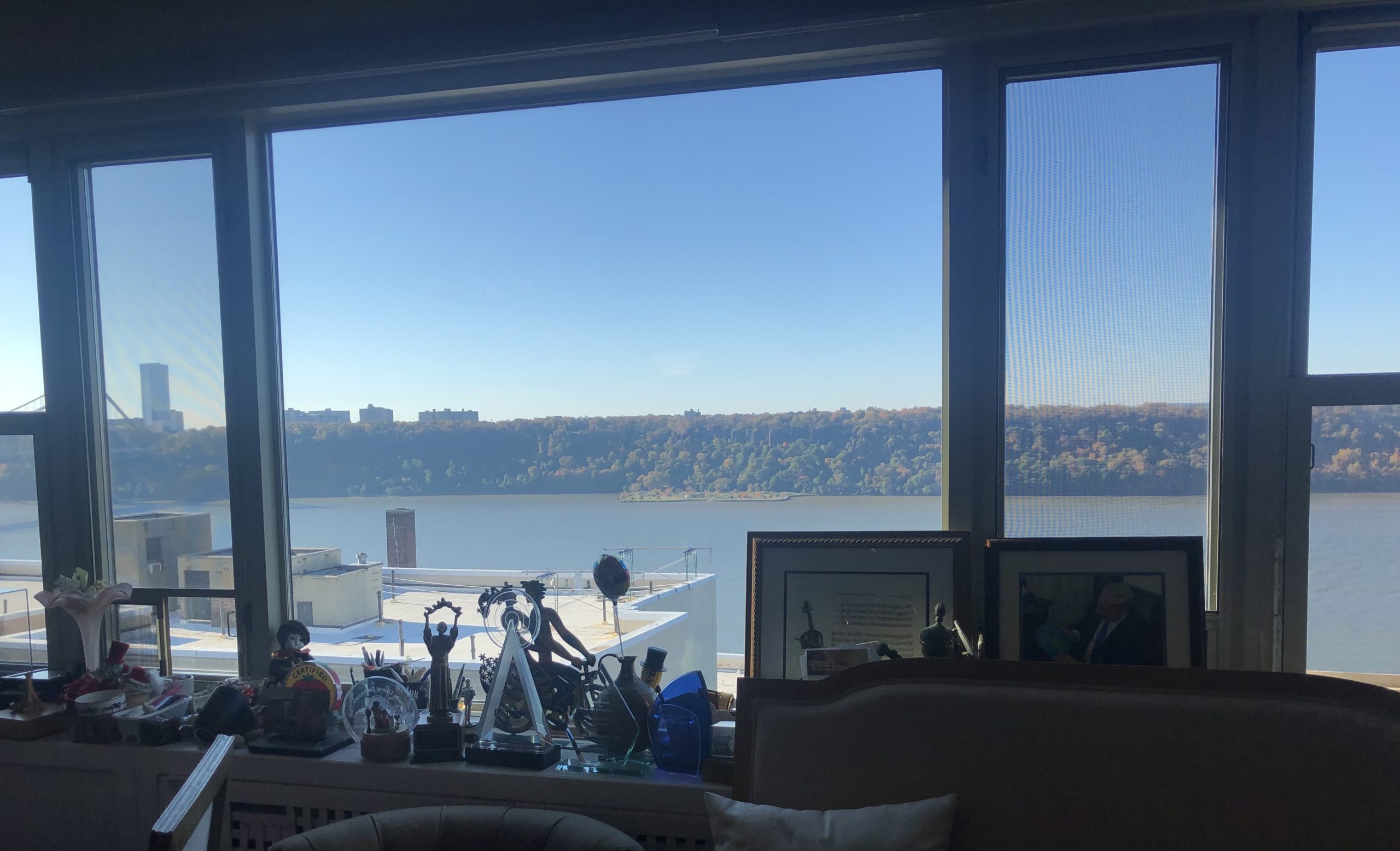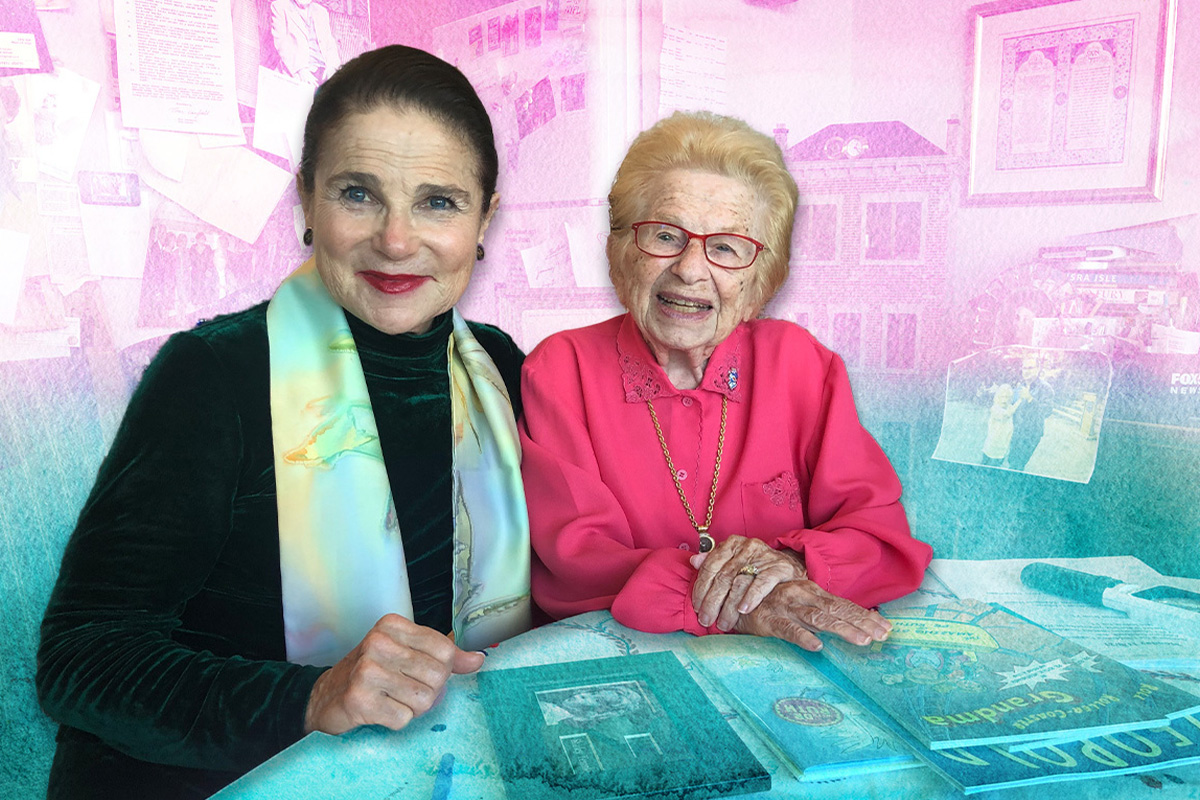Actors have gone to some inexplicable lengths in the name of their artistry. In 2016, “Suicide Squad” actor Jared Leto made headlines for “gifting” his castmates a dead pig — he was apparently getting into character for his role as the Joker. In a recent New Yorker profile of actor Jeremy Strong, writer Michael Schulman revealed that Strong wanted to be sprayed with real tear gas on the set of “The Trial of the Chicago Seven.” But from my perspective as an acting layperson, I’ve wondered if there is a role so complex and irreplicable that no actor, no matter the talent or preparation, could believably portray it.
On a windy afternoon this past November I made my way to the apartment of Dr. Ruth Westheimer. The famed sexologist, whose life is at the center of Mark St. Germain’s play “Becoming Dr. Ruth,” was helping actress Tovah Feldshuh prepare for the role in an upcoming run of the show at New York’s Museum of Jewish Heritage, and I was lucky enough to be invited to observe. If there was any scenario which would put my question to the test, surely it was this one.
I thought I would bear witness to a meeting of two great Jewish minds — and I did. But immediately I got the sense that the day’s business would be more familiar than I expected. When I arrived at Dr. Ruth’s building, it wasn’t the intense Fifth Avenue high rise I imagined would be the home of the pillar of American pop culture. Instead, the Washington Heights apartment complex she’s lived in for the past 50 years is an unassuming brick post-War building.
It was in the small lobby of this building where I first met Tovah. As she strode across the marble floor to greet me, I realized if there was anyone who could play Dr. Ruth, it was Tovah Feldshuh. She originated the role of Yentl on Broadway, played Israeli Prime Minister Golda Meir in “Golda’s Balcony” and took on Supreme Court Justice Ruth Bader Ginsburg in “Sister’s in Law.” As I would soon find out, Tovah also has the advantage of her friendship with Dr. Ruth, which has been going strong the last 25 years. “I come up as often as I can to just imbibe the virtues of Ruth Westheimer,” she told me on the way up to Dr. Ruth’s unit.
And there are certainly many to imbibe. At 93 and a half years old, Dr. Ruth has had, and still continues to have, an extremely full life. She was born on June 4, 1928, in Germany’s Weimar Republic as Karola Siegel to “very Orthodox” parents Irma and Julius Siegel. The first 10 and a half years of her life were fairly normal: She lived with her parents and grandmother and attended the Samson Raphael Hirsch School in Frankfurt am Main. Then, of course, the Nazis came to power. A week after Kristallnacht, Julius was arrested and sent to a labor camp.
“I waved to him as the Nazis picked him up,” Dr. Ruth remembered. “And he tried to smile before he went to the truck. That’s the last I saw him.”
Deciding Germany was becoming too unsafe, her family made the hard decision to send Ruth on a Kindertransport to Switzerland. Her last full day in Germany was January 4, 1939. She would never see her mother and grandmother again, and would not return to Germany until after the war.
Ruth was sent to live in a children’s home in Heiden, Switzerland, where by day she was a housemaid and by night she secretly continued educating herself. At the war’s end, Ruth, who had had no contact from her family since 1942, jumped at the chance to relocate to Mandatory Palestine. On the Ramat David Kibbutz, she decided to go by her middle name, Ruth, and joined the Haganah, the paramilitary organization which would later become the IDF. She was trained as a sniper. However, she returned to Europe in 1951 to attend university and later emigrated to the United States in 1956.
Here is where the Dr. Ruth that the American public knows well began to take shape. She continued her education at the New School and Teachers College at Columbia University and finally ended up doing post-doctoral research on human sexuality. Her famous radio show, “Sexually Speaking,” debuted in New York in 1980, and by 1984, NBC Radio had started syndicating it.
On the air, Dr. Ruth made a name for herself answering questions about sexuality, contraception and more for an American public which was still scandalized by the topic of sex. Since then, she’s graced our television screens on “The Dr. Ruth Show” and has made appearances on “The Tonight Show,” destigmatizing sex all the while. She’s also come into our homes through her many books, like “Heavenly Sex: Sexuality in the Jewish Traditions.”
What a person.
Stepping off the elevator and turning the corner behind Tovah and her assistant Skye, I got my first glimpse of the force that is Dr. Ruth. She stood at the end of the hallway, just outside of her apartment, anticipating our arrival. She looked just as she had when I, as a child, first saw her on TV (not giving a candid sex talk, don’t worry. She occasionally appeared on the PBS show “Between the Lions” as Dr. Ruth Wordheimer, a therapist who helped children pronounce longer words. What can’t she do?). From watching her as a toddler, her small stature was as I expected, but she’s also just as effervescent as I remembered.
The inciting incident of the play in which Tovah portrays Ruth is the death of Dr. Ruth’s husband Fred Westheimer in 1997, and a subsequent (fictionalized) decision to move from the apartment they shared. As soon as I enter her real apartment, I can see why Germain used the place as the anchor of his work. After clearing the entryway, Dr. Ruth led us into a living room and adjoining dining room, which was teeming with objects.
We took a moment to get settled at the dining room table. Even in that moment of hanging up coats and opening notebooks, it was slightly surreal to see Tovah and Dr. Ruth together. But I only had a second to appreciate it because Tovah wasted no time: She dove in with questions which would help her become Dr. Ruth. “What in the apartment means a lot to you? Talk to me about your accumulation of goods,” she joked.
Without hesitation, Dr. Ruth jumped up and led us to a miniature statue sitting on her living room coffee table. Made from presumably bronze on a marble base, the sculpture featured a group of children of various ages standing on railway tracks. They huddled together with their suitcases, peering in all different directions, trying to make sense of their surroundings. The small plaque on the base read: “CHILDREN OF THE KINDERTRANSPORT / Hope Square, Liverpool Street Station, London.”

“The artist [Frank Meisler] was in a Kindertransport to England,” Dr. Ruth explained to us. “England took 10,000 Jewish children. Holland, Belgium, France and Switzerland took 300 Jewish children each. England took 10,000, despite the fact that there were dark clouds on the horizon in ‘39. To say thank you to England, he did a big sculpture in Liverpool. I went to visit the sculpture and then I found out he made a miniature. So I bought it. Tell [readers]: If I had not been on the Kindertransport to Switzerland — if I had been to Holland, Belgium or France — I would not be alive.”
Despite talking about the nature of the traumatic and painful experiences, Dr. Ruth’s voice didn’t waver. She seemed to keep those emotions just for herself, and instead focused on the Holocaust education element of her story. Never slowing down the flow of conversation, she proudly showed me copies of children’s books she has written, like “Rollercoaster Grandma: The Amazing Story of Dr. Ruth,” which teaches children about the Holocaust through the story of her life.
“It’s not scary, because I never want a child to have a sleepless night,” she informed me. “For children, I use humor. Alma [readers] have to know that in the Jewish tradition, a lesson taught with humor is a lesson retained.”
Next, the conversation turned to a gold turtle, encrusted with diamonds and emeralds for eyes. As Tovah examined the beautiful amphibian, Dr. Ruth explained that in German it was called a “siegel,” which means “a stamp.” The little siegel had once been used to stamp or seal love letters. Because Siegel was Dr. Ruth’s maiden name, she simply had to have it.

But that’s not the only turtle that adorns her apartment — there are numerous turtle decorations, figurines and even a turtle-shaped pillow. “I have a lot of turtles here,” Dr. Ruth acknowledged. “A turtle doesn’t move unless it takes a risk. It has to stick its neck out. It could get hurt. But it doesn’t move until it takes a risk.”
Her collection of objects — including two conductor’s batons from when she directed Zamir Choral in Frankfurt and a framed photograph of her favorite childhood actress Shirley Temple — is precious not because of its monetary value, but because it holds something irreplaceable: Dr. Ruth’s memory.
At times, the apartment itself feels full of her past. There’s a huge window in the dining room which provides a gorgeous view of the Hudson River and the Palisades. As Dr. Ruth, Tovah and I returned to our seats for tea and cookies, Dr. Ruth commented on a barge sailing across the water. Tovah countered with a seemingly innocuous question, “How does the view here compare to your view at the children’s home?” Tovah had struck a piece of information that Dr. Ruth had never told her before:
“The children’s home was high up over the Lake of Constance and I could see Germany,” Dr. Ruth recollected for us. “I saw Germany being bombarded, Friedrichshafen being bombarded. And I could see Germany, and I knew I couldn’t go there. Now when I look out on the Hudson, I don’t think about Lake Constance every day because I would be so sad. Because that was reality for six years. That I could see Germany and I couldn’t go there.”

Tovah’s visit, it turned out, had several purposes. Yes, she was there to nail down her version of Dr. Ruth’s German accent (“My whole sense is that she is so optimistic that even the ends of her sentences go up,” Tovah said) and get a feel for how she moves. (She later took video of her friend walking around her apartment with, dare I say, astounding agility for a nonagenarian, and had Skye take video of the two of them waltzing around the living room.) But she was also there to gather Dr. Ruth’s memory for the play’s sake.
With permission from Germain and Dr. Ruth, Tovah has added to lines throughout the play to create a more distilled image for the audience. For example, one line that bothered Tovah read: “Not only was I accepted at school, I also got a scholarship.” With help from Dr. Ruth’s recollection, I witnessed Tovah practice the new line: “Not only was I accepted at Seminar Eshkoli, the best kindergarten seminar in Jerusalem, I also won a scholarship.”
Though “Becoming Dr. Ruth” has been put on before with actors like Debra Jo Rupp and Naomi Jacobson in the titular role, this moment confirmed what I had begun to suspect over the course of my observation: This production is positioning itself to stand out. As Tovah has continued to refine the text of the play, it seems to me that “Becoming Dr. Ruth” will now serve as an archive of Dr. Ruth Westheimer, existing both as art and as living historical record for the viewer. When the curtains close on opening night, I anticipate that it’ll be the most authentic and powerful version of the show yet.
For her part, Dr. Ruth is absolutely “delighted” that Tovah will be portraying her. “Every place I go, I say the great Tovah Feldshuh is playing me,” Dr. Ruth exclaimed, while making sure I got a good look at her copy of Tovah’s memoir “Lilyville.” “I’m in good company with Ruth Bader Ginsburg and Golda Meir.”
Tovah feels a similar sense of honor — and great responsibility — about playing Dr. Ruth.
“What’s great about her is that she created her own life,” Tovah told me towards the end of the meeting. “She created her own script when she was ripped away from her parents at 10.”
I had asked her if there was any part of Dr. Ruth that she struggled to portray. She concluded: “You say a struggle. I say I enjoy immersing myself in the lake of Ruth Westheimer. That, to me, is a privilege. And I can’t wait to be her theatrical voice out in the world and represent her backstory.”
“Becoming Dr. Ruth” starring Tovah Feldshuh is currently running at The Museum of Jewish Heritage until January 2, 2022. You can get tickets here.



